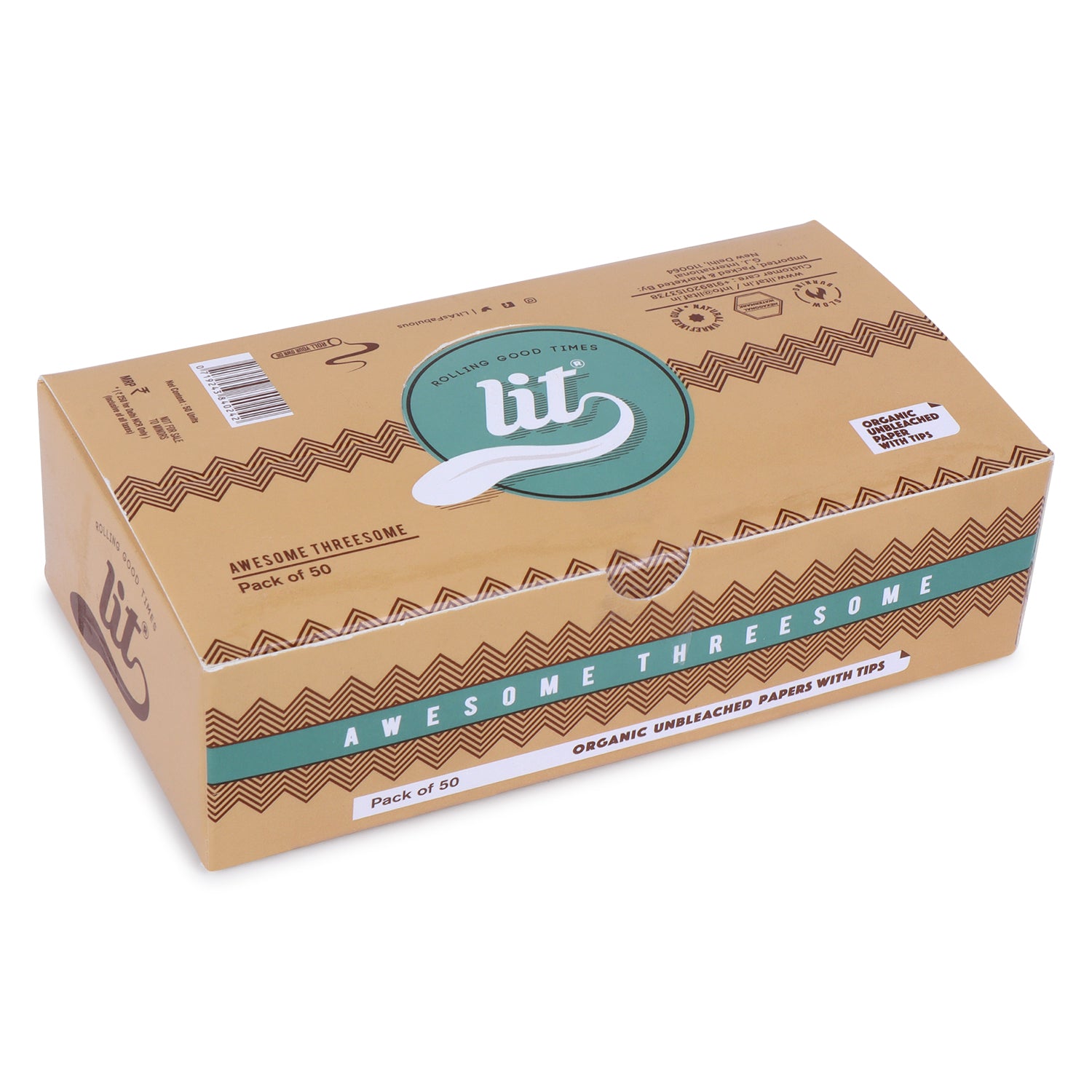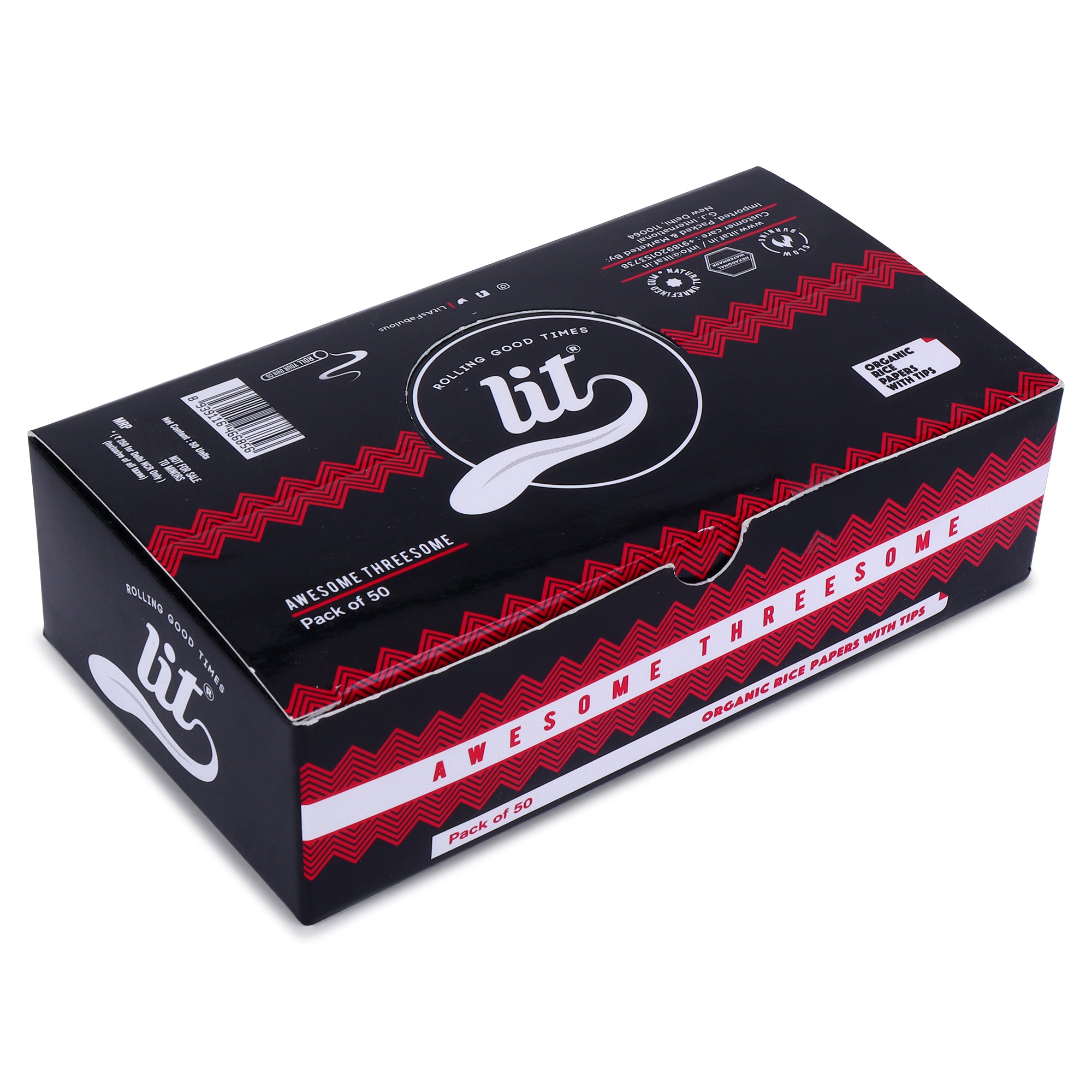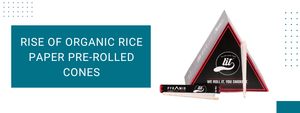If you're new to rolling your own cigarettes or joints, you might find yourself overwhelmed by the sheer variety of rolling papers available on the market. One common confusion is the distinction between joint papers and rolling papers. While the terms are often used interchangeably, they do have specific nuances. Understanding these differences can significantly enhance your smoking experience, whether you're rolling tobacco or cannabis.
Defining Joint Papers and Rolling Papers
Rolling papers are thin sheets of paper designed for rolling tobacco or cannabis into cigarettes or joints. They come in various materials, sizes, and flavors, catering to different preferences and needs. Joint papers, on the other hand, refer specifically to rolling papers used for making cannabis joints. While technically, any rolling paper can be used to roll a joint, joint papers are often marketed with cannabis-specific branding and features.
Materials and Varieties
The materials used in rolling papers play a crucial role in the smoking experience. Common materials include rice paper, hemp, flax, and wood pulp. Each material has its own characteristics that affect the burn rate, flavor, and overall experience.
-
Rice Paper: Known for its thinness and slow burn, rice paper provides a clean and smooth smoking experience. It doesn’t add much flavor to the smoke, allowing the natural taste of the tobacco or cannabis to shine through.
-
Hemp: Hemp papers are popular among cannabis enthusiasts for their eco-friendly nature and natural taste. They tend to burn slowly and evenly, making them a favorite for rolling joints.
-
Flax: Flax papers are also considered environmentally friendly and provide a clean burn. They are less common but offer a unique texture and smoking experience.
-
Wood Pulp: Traditional wood pulp papers are thicker and more durable, making them easier to roll, especially for beginners. They burn faster than rice or hemp papers and can slightly alter the flavor of the smoke.
Sizes and Shapes
Rolling papers come in a variety of sizes and shapes to accommodate different preferences. Standard sizes include single wide, 1 1/4, 1 1/2, and king size. For joints, king size and 1 1/4 are particularly popular because they offer a larger surface area for rolling larger amounts of cannabis.
In addition to standard sheets, rolling papers are available in pre-rolled cones. These cones are convenient and time-saving, especially for those who struggle with rolling by hand. Simply fill the cone with your desired smoking material, twist the end, and you’re ready to go.
Brands and Quality
When it comes to brands, there are numerous options available, each offering unique qualities. Some of the most popular brands for rolling papers include:
-
RAW: Known for their unrefined and unbleached papers, RAW has a strong following among cannabis users. Their papers are made from natural hemp and provide a pure, clean smoking experience.
-
Elements: Elements papers are made from rice and are renowned for their ultra-thin texture and slow burn. They use a sugar gum adhesive, which caramelizes as it burns, adding a touch of sweetness.
-
Zig-Zag: A classic brand with a long history, Zig-Zag offers a variety of paper types and sizes. Their products are reliable and widely available.
-
Juicy Jay’s: For those who enjoy flavored papers, Juicy Jay’s offers an extensive range of fruity and sweet options. Their papers are triple-dipped to ensure a robust flavor.
Specialty Papers
Specialty papers cater to niche preferences and add a fun twist to the smoking experience. Flavored papers, for example, are infused with various tastes like strawberry, blueberry, or chocolate, enhancing the flavor of the smoke. Slow-burning papers are designed to extend the smoking session, while ultra-thin papers provide a nearly invisible, lightweight roll.
Pre-rolled cones and wraps offer convenience, especially for those who prefer not to roll their own. These products are ideal for parties or group settings where time is of the essence.
Environmental Impact
The environmental impact of rolling papers is an important consideration for many users. Hemp and flax papers are often seen as more sustainable options due to their renewable sources and minimal processing. Brands like RAW and Elements focus on eco-friendly production practices, using organic materials and natural adhesives.
Choosing the right rolling paper can greatly enhance your smoking experience. By understanding the differences between joint papers and rolling papers, as well as the various materials, sizes, and brands available, you can make an informed decision that suits your preferences. Whether you’re a tobacco enthusiast or a cannabis connoisseur, experimenting with different types of papers can help you find your ideal match.






